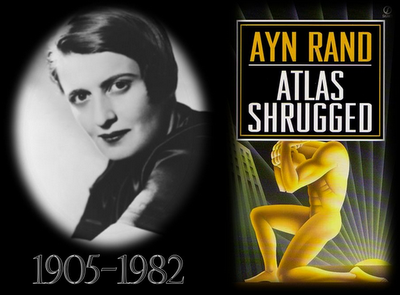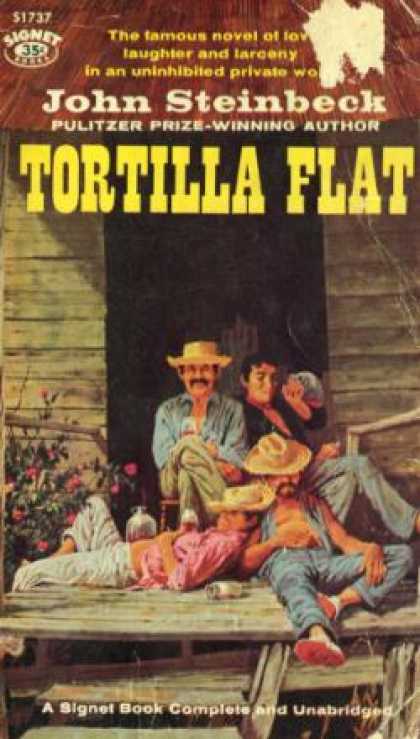According to Aslan, Christ didn’t leave Nazareth till he was about thirty years old. On page 88, (to paraphrase Aslan) he says, “Before his encounter with John (the Baptist), Jesus was an unknown peasant and day laborer toiling away in Galilee.” If Jesus was the main man, why did he come to the Jordan River to be baptized by John? Yet the gospels try to make the reader feel that John the Baptist was inferior to Jesus. In fact, After John was seized and put to death by Roman Tetrarch (governor of the region) Antipas, only then did Jesus’s first disciples, Andrew and Philip, leave John the Baptist and follow Jesus on his quest to cleanse the souls of mankind. This is some strong information. Aslan also states that Jesus was born in Nazareth, and not Bethlehem. Jesus had brothers, most notably, James, who took over the leadership of the Catholic Church after Jesus’s death. Also stunning is that Jesus, because of his peasant status, could not read or write any language. This is not me talking. This book is very thought provoking and obviously highly controversial.
Another fact that is historically disputed is the disposition of Pontius Pilate, the fifth governor Rome, sent to oversee Judea. The gospels present Pilate as a weak-willed governor who didn’t want to kill Jesus until the Jews demanded that Jesus should be put to death. The Jews were not pleased when Jesus entered Jerusalem riding a donkey with a mob of people shouting, “Hosanna!” Aslan says in his book, “The message conveyed to the city’s inhabitants is unmistakable: the long awaited messiah-the true King of the Jews-has come to free Israel from its bondage.” Aslan says history shows Pontius Pilate to be a very violent man who hated and killed Jews at will. Wow, that’s not the Pilate I saw back in the 1970s, when I went to the marvelous play, Jesus Christ Superstar: A Rock Opera . Pilate with the help of the Jewish High Priest, Joseph Caiaphas, had no hesitation in sentencing Jesus to death.
One fact that is consistent both historically and gospel-wise is Jesus’s ability to heal. On page 105, Aslan says, “For while debates raged within the early church over who Jesus was-a rabbi? the messiah? God incarnate? -there was never any debate, either among his followers or his detractors, about his role as an exorcist and miracle worker.” Okay, both sides finally agree. This was a time when there were many magicians charging money to perform similar feats, but Jesus never imposed a fee. As Jesus approached Jerusalem in 30 c.e. (common era) “...it is not just Jesus’s miraculous actions that they fear; it is the simple yet incredibly dangerous message conveyed through them: the Kingdom of God is at hand.” On page 126, Aslan says, “No wonder, then, that at the end of his life, when he stood beaten and bruised before Pontius Pilate to answer the charges made against him, Jesus was asked but a single question…”Are you the King of the Jews?”
The Supper at Emmaus by Italian master Caravaggio 1601...Resurrected Jesus reveals himself to two of his disciples. Picture courtesy of Wikipedia.

RATING: 5 out of 5 stars
Comment: There are a lot of books about Jesus Christ. One book that defends the Bible is a book by Ben Witherington III with a very long title: What Have They Done with Jesus?: Beyond Strange Theories and Bad History--Why We Can Trust the Bible . Goodreads.com says, “Strange theories about Jesus seem to ooze from our culture with increasing regularity. Ben Witherington, one of the top Jesus scholars, will have none of it. There were no secret Gnostic teachings in the first century. With leading scholars and popular purveyors of bad history in his crosshairs, Witherington reveals what we can—and cannot—claim to know about the real Jesus. The Bible, not outside sources, is still the most trustworthy historical record we have today.
Utilizing a fresh "personality profile" approach, Witherington highlights core Christian claims by investigating the major figures in Jesus’s inner circle of followers: Mary the mother of Jesus, Mary Magdalene, Thomas, Peter, James the brother of Jesus, Paul, and the mysterious "beloved disciple." In each chapter Witherington satisfies our curiosities and answers the full range of questions about these key figures and what each of them can teach us about the historical Jesus. What Have They Done with Jesus? is a vigorous defense of traditional Christianity that offers a compelling portrait of Jesus’s core message according to those who knew him best.”
And there are some strange ones, such as, The Lotus and the Cross by Ravi Zacharias. Goodreads.com says, “Have you ever wondered what Jesus would say to Mohammed? Or Buddha? Or Oscar Wilde? Maybe you have a friend who practices another religion or admires a more contemporary figure. Drop in on a conversation between Jesus and some well-known individuals whose search for the meaning of life took them in many directions -- and influenced millions. Popular scholar Ravi Zacharias sets a captivating scene in this first in the intriguing Conversations with Jesus books. Through dialogue between Christ and Gautama Buddha that reveals Jesus' warm, impassioned concern for all people, God's true nature is explored. It's a well-priced, hardcover volume readers will want to own, and also share with others.”
Even the press throws their hat in the ring with Lee Strobel’s, The Case for Christ: A Journalist's Personal Investigation of the Evidence for Jesus . Goodreads.com says, “Using the dramatic scenario of an investigative journalist pursuing his story and leads, Lee Strobel uses his experience as a reporter for the Chicago Tribune to interview experts about the evidence for Christ from the fields of science, philosophy, and history.”
Finally, there is the old classic, Ben Hur by Lew Wallace. Goodreads.com says, “Judah Ben-Hur lives as a rich Jewish prince and merchant in Jerusalem at the beginning of the 1st century. His old friend Messala arrives as commanding officer of the Roman legions. They become bitter enemies. Because of an unfortunate accident, Ben-Hur is sent to slave in the mines while his family is sent to leprosy caves. As Messala is dying from being crushed in a chariot race, he reveals where Ben-Hur's family is. On the road to find them, Ben-Hur meets the Christ as he is on the road to Golgotha to be crucified. That day changes Ben-Hur's life forever, for that is the day he becomes a believer.” Picture courtesy Wikipedia.

